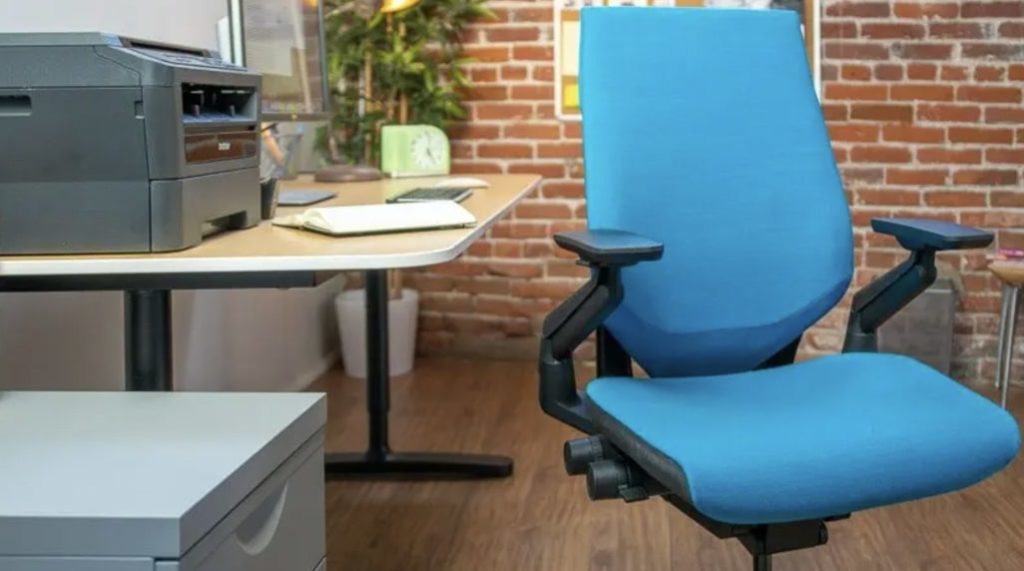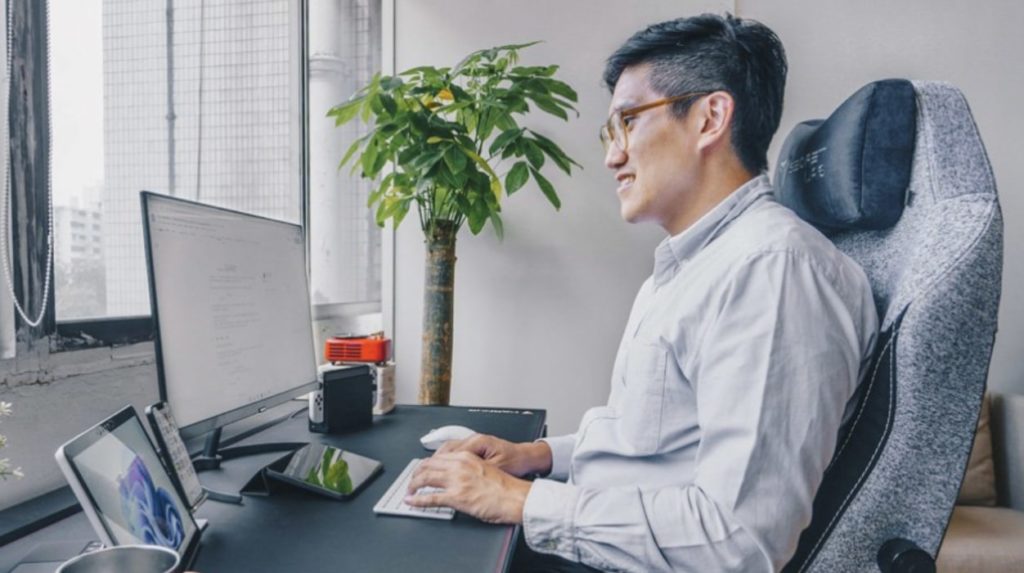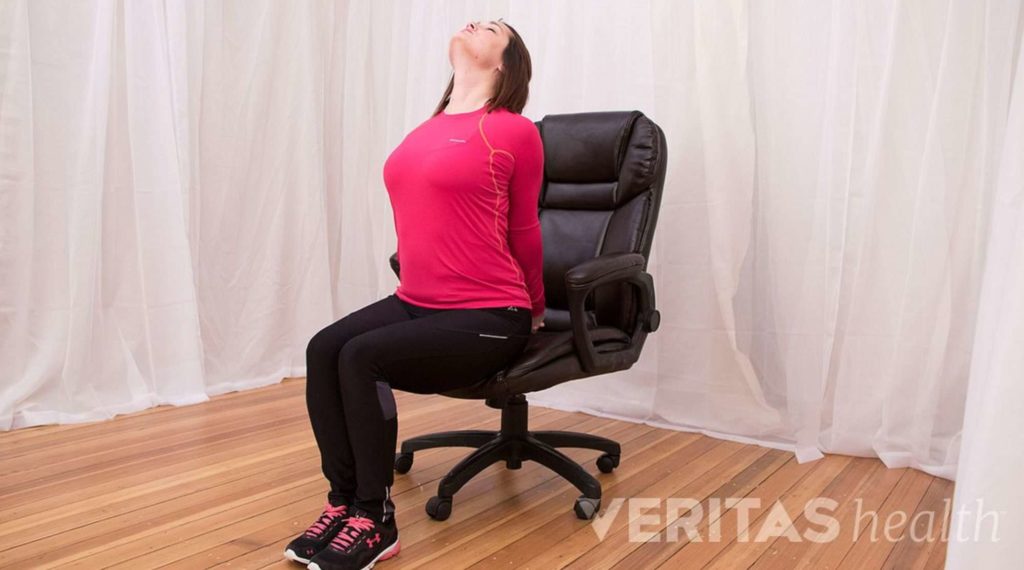How Can I Prevent Lower Back Pain in an Office Chair?
Sitting in an office chair for long periods doesn’t directly result in lumbar pain. It depends on a few key factors: your posture, your work habits, and your office setup.
If your work involves sitting for eight hours or more from Monday to Friday, there are things you can do to prevent lower back pain so that you stay on top of your game week in and week out.
In fact, by following the tips below, you can reduce the chances of visiting a doctor, chiropractor, or masseur.
1) Adjust Your Chair

Compared to a traditional chair, you will benefit from an office chair or Swedish kneeling chair at the office. An office chair has a lot of modifiable parts that can be adjusted to your individual preference.
Still, it has to be adjusted at the right level and orientation. Let’s take a look at each of the things you can change in an office chair and the ideal setting:
Adjust the Chair Height
The right chair height is relative to the desk in front of you. You should keep a small, comfortable distance from the desk.
The upper portion of your arms should be parallel to your spine and your elbows should be bent at about 90° on top of the desk.
If your arms set on the table don’t form a right angle, you can raise or lower your chair accordingly. The reason is that it will keep you in the wrong posture, especially if you work all day.
Aside from that, consider your thighs and feet. They should be planted on the ground and your thigh should be roughly parallel to the floor.
Adjust the Armrests
It’s a big help to have adjustable armrests on the chair. Positioned correctly, this will reduce the stress felt on the shoulders and upper spine.
To achieve this, set the armrests to the height that carries your shoulders a bit. Also, remember to sit properly while doing so.
Adjust the Backrest
The backrest of the office chair should allow your back to relax yet stay straight. While you work your back should be natural and straight—but not military straight.
These office chairs typically come with a cushion. If your chair doesn’t have one, you can just put a soft pillow or rolled-up towel against its back for you to rest on.
Also, you can increase the recline if you want to lay back during a break. Afterwards, return it to a relaxed and straight position.
Work at Your Normal Eye Level
Try this exercise for a moment: sit comfortably on the chair with your back straight and relaxed, look ahead of you, and close your eyes.
Once you open your eyes, you should be looking at the computer screen. Ideally, your eye level should meet the top of the monitor or slightly below it.
Furthermore, you shouldn’t be tilting your head lower or higher to see what you are typing or working on the computer.
Otherwise, set your desktop monitor on a stack of books, or if you own a laptop, purchase a laptop stand so your spine and eye level are positioned correctly as you work.
2) Practise the Right Posture

An ergonomic workspace isn’t sufficient to prevent lower back pain. You have to do your part too, which is, keeping your back upright all the time.
Sit straight as soon as you notice you’re slouching or laying back while typing. Also, don’t settle your leg perpendicular to the other for a while.
These postures put tremendous strain on your back, and it won’t be long before they start to affect your neck, shoulders, and other parts of your body too.
3) Do Some Stretching After a While

Whenever you can, you should aim to stretch your whole body or a part of it at least two or three times in a long workday. That’s preferably once in the morning, noon, and late afternoon.
One great exercise to do is the reverse arch stretch, which can be done while you’re seated or standing. This exercise is demonstrated in the picture above.
Now, go forward in your seat so your pelvis is close to the edge, interlace your fingers together, carefully arch your back and drop your head back, and then feel the stretch across your torso, neck, and back.
So, stretching will loosen tight muscles and remove the discomfort and fatigue you may have. Also, you can lower the chances of injuries like back pain, muscle cramps and sprains, among other conditions in the office or another place.

